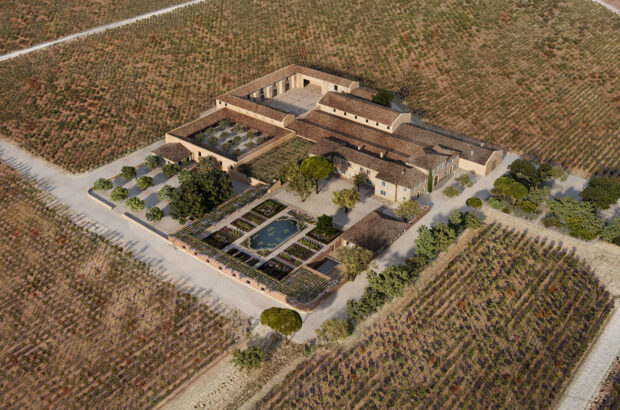Researchers are concerned about the potential spread of the spotted lanternfly, which first showed up in the US in Pennsylvania five years ago but was found in Virginia vineyards in early 2018.
The brightly-coloured, sap-sucking flies could damage California vineyards, according to UC Riverside, which is trying to get ahead by testing whether a type of ‘sesame seed-sized wasp’ can help.
‘We hope to be ready to release these wasps immediately when the spotted lanternfly shows up, giving us a really strong head start on the invasion,’ said Mark Hoddle, director of the Center for Invasive Species Research at UC Riverside.
The spotted lanternfly has the potential to harm grapevines, as well as some fruit trees.
‘It secretes copious amounts of “honeydew,” a waste product that encourages black, sooty mould and damages a plant’s ability to grow,’ said Hoddle.
UC Riverside said has been granted $544,000 from California’s Department of Food and Agriculture to test whether the tiny wasps, also from China, could be a solution. However, testing will take three years.
The wasps are known to lay their eggs inside those of the lanternflies. Wasp larvae then eat their way out.
UC Riverside said it was also important to test what impact the introduction of the wasps might have on local ecosystems.
Some insecticides have proved effective against the spotted lanternfly, according to the Virginia Vineyards Association.
The flies feed on the so-called ‘tree of heaven’, itself an invasive plant species. One method of trapping the flies is to use one of the trees as bait, before targeting them with insecticide.







